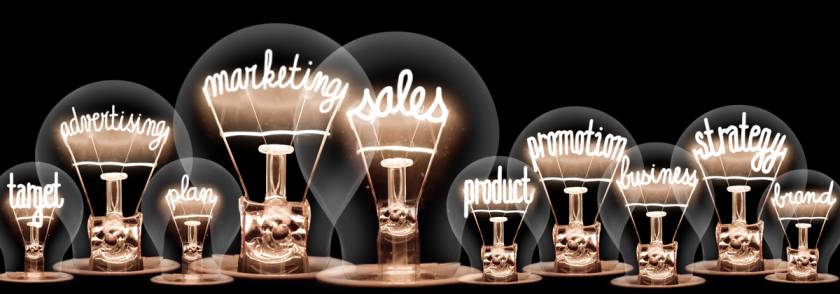Product Analysis, Demand Analysis, Selecting and Documenting Product of Fast Fashion Brands Like ZARA



Fast fashion moves quickly from the fashion weeks to the stores and the wardrobes of fashion enthusiasts. The styles, which are adorned by famous runway models and celebrities, are presented by retail in an affordable way to the regular consumer. The trends evolve quickly.
With the increase in buying powers of the consumer in the last few decades with global enhancement in GDPs, the young and teenage population has started spending heavily on fast fashion.
Fashion forecasters play a huge role in the demand analysis of fast fashion, and since the designers do not have much time to launch these clothing lines, everything moves fast in this process.
Product Analysis and Demand Analysis for Fast Fashion Brands:
1. Questionnaires and Surveys
Apart from the fashion weeks that season, TV programs, and latest movie star trends, another popular way to do product and demand analysis for fashion brands is through surveys. Often, fast fashion is targeted at the younger population, and through multiple online and offline surveys, data is collected.
A survey about fast fashion was included in the research paper ‘’Consumer Behavior Characteristics in Fast Fashion” by Tina Yinyin Wang. She collected data from real-time fashion shoppers and analyzed their income, frequency of fast fashion shopping, occupation, etc. In this study, she established a pattern between the beliefs and feelings of the buyers and how they impacted their attitudes and buying patterns.
2. Forecast by Fashion Influencers
In the last decade, social media has gained extensive popularity. Social media influencers play a huge role in influencing the buying decisions of fashion enthusiasts. They follow the latest fashion trends and their followers are always influenced by the brands they endorse. Fashion houses need to study the trends of these social media fashion influencers and quickly come up with corresponding designs that will fly off the shelves.
As per the article published by JD Institute of Fashion Technology, fashion influencers like Kritika Khurana a.k.a. @thatbohogirl, Komal Pandey, Aashna Shroff, and many others use their Instagram accounts and influence their followers.
3. Using Technology Judiciously
Predictive artificial intelligence (AI) tools are used to create improved fashion forecasts. Data from various fashion portals and magazines are collected and churned by data scientists to come up with more accurate predictions.
Retreviews is one such application that helps fashion brands to monitor their markets, target audience behavior, and competition with the click of a button.
Selecting and Documenting the Products for Fast Fashion
There are some of the methodologies which the fashion houses adapt to be at the top for fast fashion items. The selection of the materials, design, documentation, etc. needs to take place at lightning speed.
1. Robust Supply Chain
Since the prediction and demand for fast fashion rises and diminishes very quickly, fashion houses need not waste too much time on sample batch creation and advertising. They must focus on the speedy acquisition of raw materials like fabrics, buttons, and other accessories, designing, and production. Fast fashion should reach the retail stores and online portals as quickly as a trend picks up, as they have a very short demand curve.
Having a centralized distribution unit for fast fashion items will shorten the time taken for delivery.
2. Develop Designs In-House
Since fast fashion will pick up the trend fast and go out of fashion even faster, the fashion houses do not have much time to research the designs and fabrics. It is a good idea to have a trend-setting in-house fashion designing team that will have a quick turnaround of the designs. Documenting the right products on the e-commerce portal too is a daunting task. There should be in-house fashion writers who can quickly write the product descriptions for these fast fashion apparel.
3. In-House Manufacturing
For bulk production, most of the time the apparel manufacturing is outsourced. However, for fast fashion, the fashion houses cannot take that risk. Since the items are produced in small batches, they rely on in-house manufacturing to avoid any kind of delays.
4. New Products Twice Per Week
Your designing and production teams need to be quick enough to launch new designs at least twice a week for fast-fashion apparel. Demand analysis plays a vital role here.
Brands, such as Forever 21, Zara, and Gap, focus a lot on fast fashion and release new products twice a month.
5. Communication Upward from Stores
In fast fashion, demand analysis is done using the pull system. That means the feedback from the customers is passed on to the designing teams directly from the stores and customer service teams of the online portal.
6. Avoid Leftovers
If the demand analysis is done correctly for the fast-fashion items, then there will be fewer requirements for organizing end-of-season sales for the leftover items. This helps in increasing profitability and since new trends will pick up every month, the idea is to finish off the old stock before the new one arrives.
7. Little to No Advertising
Since the fast-fashion trends will keep rapidly changing, fashion houses do not waste time and money conducting advertisement campaigns for the products. The money saved is used to ensure fast designing and production lines created for these clothing lines.
Conclusion
Fashinza will be your trusted partner in helping you to source the right fabrics in a record time. Since speed is the most important component of fast fashion, we will ensure that the requirement for raw materials is fulfilled on time.



















